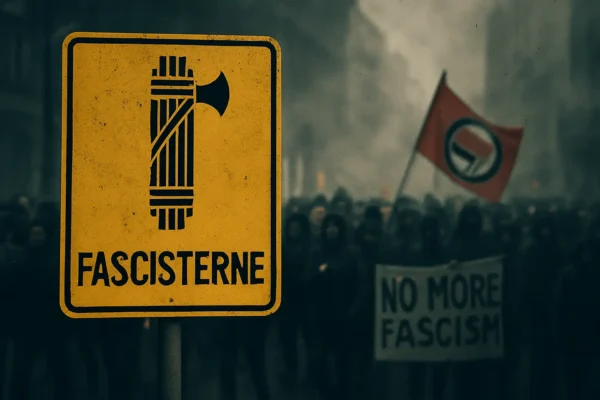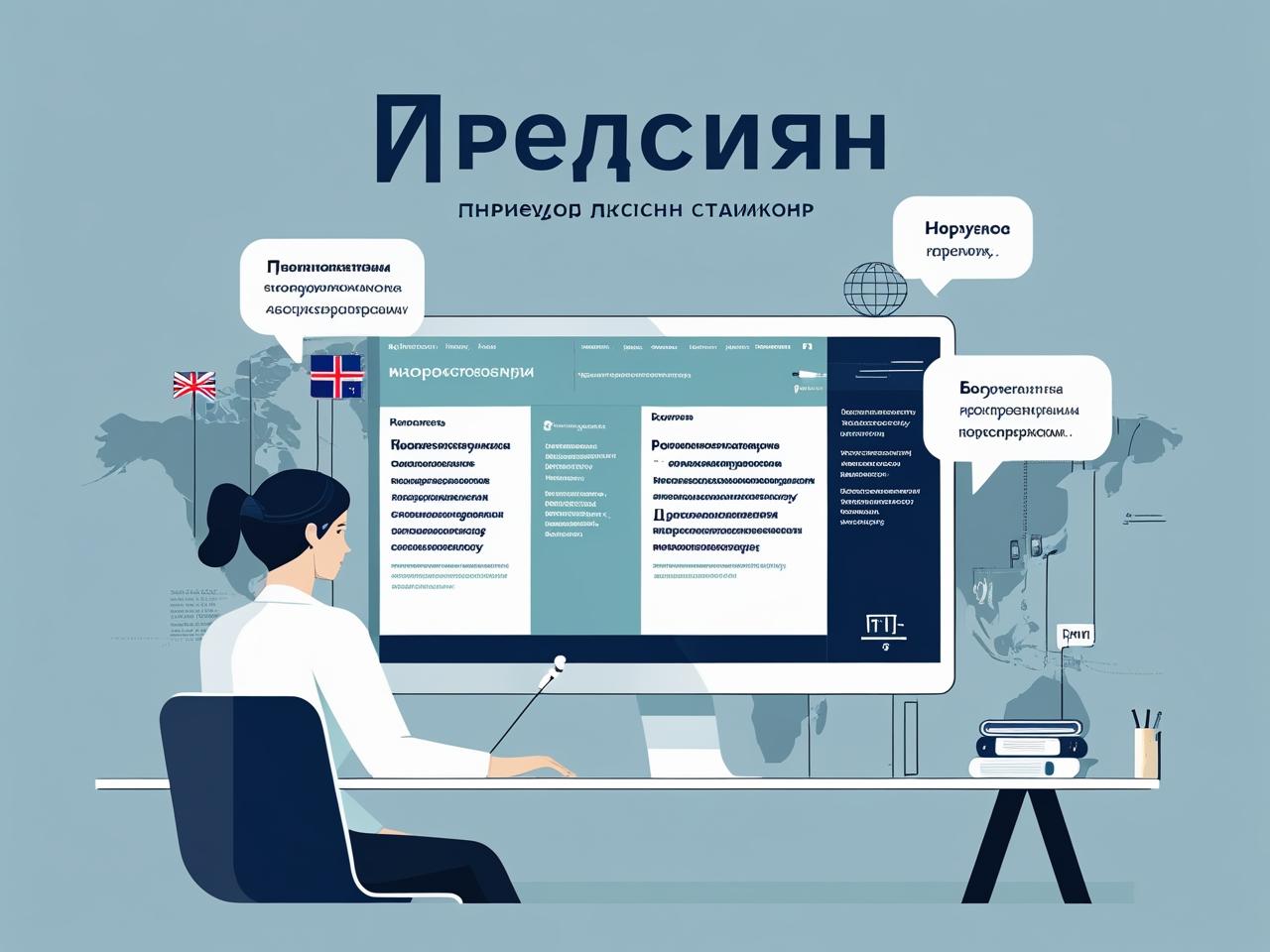In an age marked by political turbulence, rising authoritarianism, and the spread of misinformation, the world is witnessing a disturbing trend: the steady erosion of democratic norms. At the heart of this decline lies a phenomenon that many believed belonged to the past—fascisterne, the fascists. Though the term is rooted in Danish, its relevance transcends borders. In their contemporary form, fascisterne are more than just far-right extremists or neo-Nazis yelling on street corners. They are politicians, influencers, media personalities, and online communities, rebranding fascist ideology for a new generation—often operating within democratic systems themselves.
The Reinvention of Fascism
Historically, fascism emerged in the 20th century as a violent reaction to liberal democracy, economic instability, and perceived national decline. It brought with it dictatorial regimes, the persecution of minorities, and devastating wars. While such regimes collapsed decades ago, the ideology never fully disappeared. In fact, it adapted.
Today’s fascisterne rarely use the same language or symbols as their predecessors. Instead of uniforms and overt militarism, they wear suits, wave national flags, and speak of “law and order,” “national identity,” or “protecting culture.” Their strategies are far more subtle, and in many cases, more dangerous precisely because they are harder to recognize.
Rather than attacking democracy directly, fascisterne undermine it from within—by gradually weakening democratic institutions, spreading distrust in the media, attacking academic freedom, and eroding public discourse through misinformation and fear-based narratives.
Fear as a Political Weapon
One of the most powerful tools in the fascist playbook has always been fear. Whether it’s fear of immigration, fear of economic collapse, or fear of cultural erosion, fascisterne use fear to manipulate public opinion and rally support. In times of uncertainty, fear provides an easy explanation and a convenient scapegoat.
Fascisterne use this fear to divide society—constructing an “us vs. them” narrative. “Us” is the hardworking, native-born citizen; “them” is the immigrant, the refugee, the religious or ethnic minority, the LGBTQ+ individual, the academic elite, or the so-called “globalists.” By positioning themselves as the defenders of “the people” against these fabricated threats, fascisterne gain traction while pushing a dangerous agenda of exclusion, nationalism, and authoritarianism.
The Erosion of Institutions
One of the defining features of fascisterne is their disdain for institutional independence. In healthy democracies, institutions like the judiciary, free press, academia, and electoral systems serve as checks and balances. But fascisterne target these institutions systematically. They delegitimize journalists by branding them as enemies of the people. They pack courts with loyalists to bend the law to their will. They interfere with electoral processes to rig outcomes in their favor. And they seek to suppress education that encourages critical thinking.
This erosion often takes place under the pretense of reform or national renewal. But behind these narratives is a coordinated effort to dismantle democratic safeguards and concentrate power.
The Role of Technology and Media
Fascisterne of today are digitally fluent. They use social media not just for propaganda, but for recruitment, coordination, and disinformation. Extremist information and hate speech can spread across online channels at a never-before-seen rate and volume. Memes, viral videos, and algorithm-driven content create echo chambers where conspiracy theories and fascist ideologies flourish.
The digital world has become fertile ground for radicalization. Lone actors and extremist communities find each other online, creating decentralized networks that are hard to trace but deeply influential.
What makes this even more dangerous is that authoritarian populism often coexists with democratic processes—at least initially. Leaders inspired by fascisterne gain power through elections, then proceed to chip away at democracy itself once in office. We’ve seen this pattern repeat in multiple countries: press freedom curbed, opposition weakened, minority rights rolled back—all justified under the guise of “the people’s will.”
Why Democratic Norms Are Collapsing
The rise of fascisterne is not occurring in a vacuum. Socioeconomic inequality, cultural anxiety, political corruption, and weakened education systems have all contributed to public disillusionment with democracy. In many places, democratic institutions have failed to deliver justice, representation, or stability. Into this void step the fascisterne, offering simple answers to complex problems and promising strength in place of compromise.
But while the collapse of democratic norms may feel gradual, the consequences are sudden and severe. Freedoms can disappear overnight. Tolerance can give way to persecution. What begins with inflammatory rhetoric can end in violence and repression.
Resisting the Rise
Fascisterne gain power not only because they are active, but because others are silent. Defending democracy requires vigilance, education, and resistance—not only from political leaders, but from civil society, educators, artists, journalists, and ordinary citizens.
We must call out fascist rhetoric for what it is. We must strengthen civic education and support independent journalism. We must protect the rights of minorities and fight for social and economic justice. Most of all, we must reject fear as the basis for governance.
Conclusion
The return of fascisterne and the collapse of democratic norms are intertwined. One feeds the other. But this trajectory is not inevitable. History warns us what happens when fascism is left unchallenged. Today, we face a choice—either defend democratic values while we still can, or risk losing them altogether.





